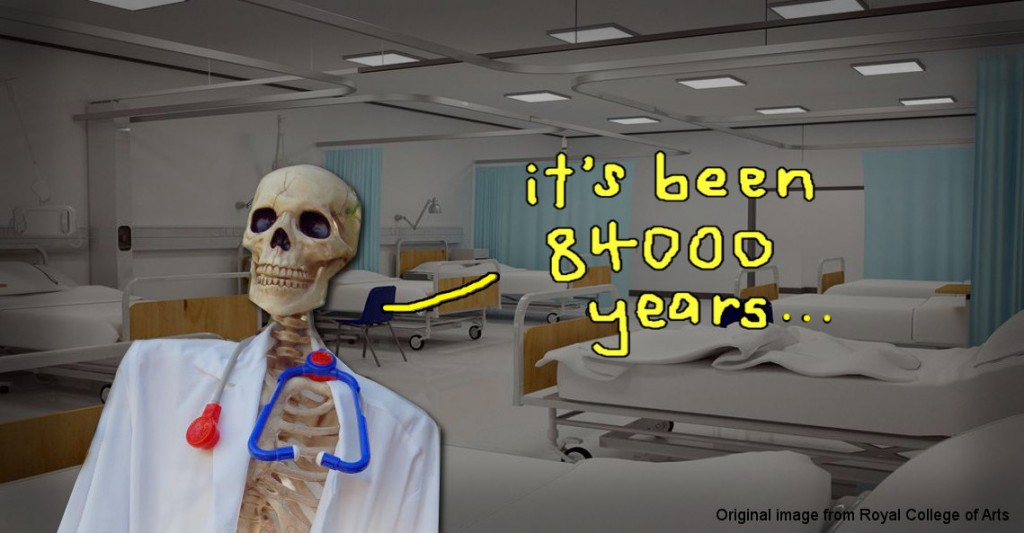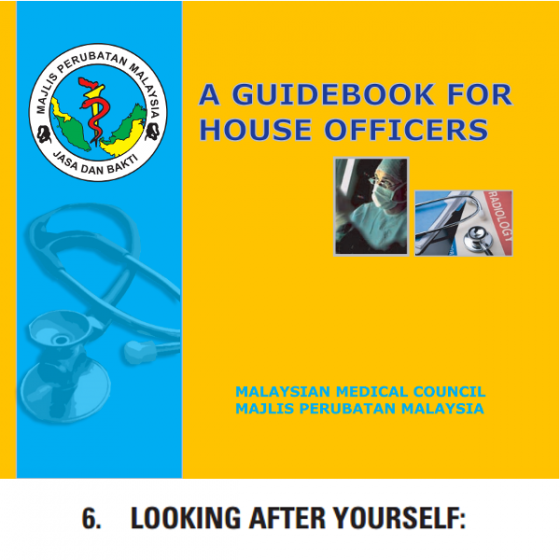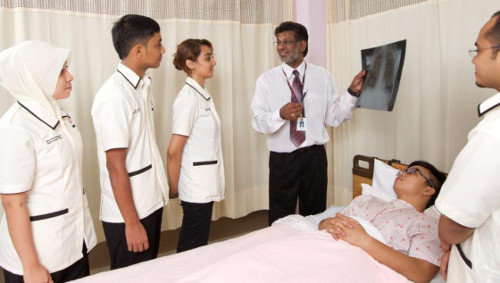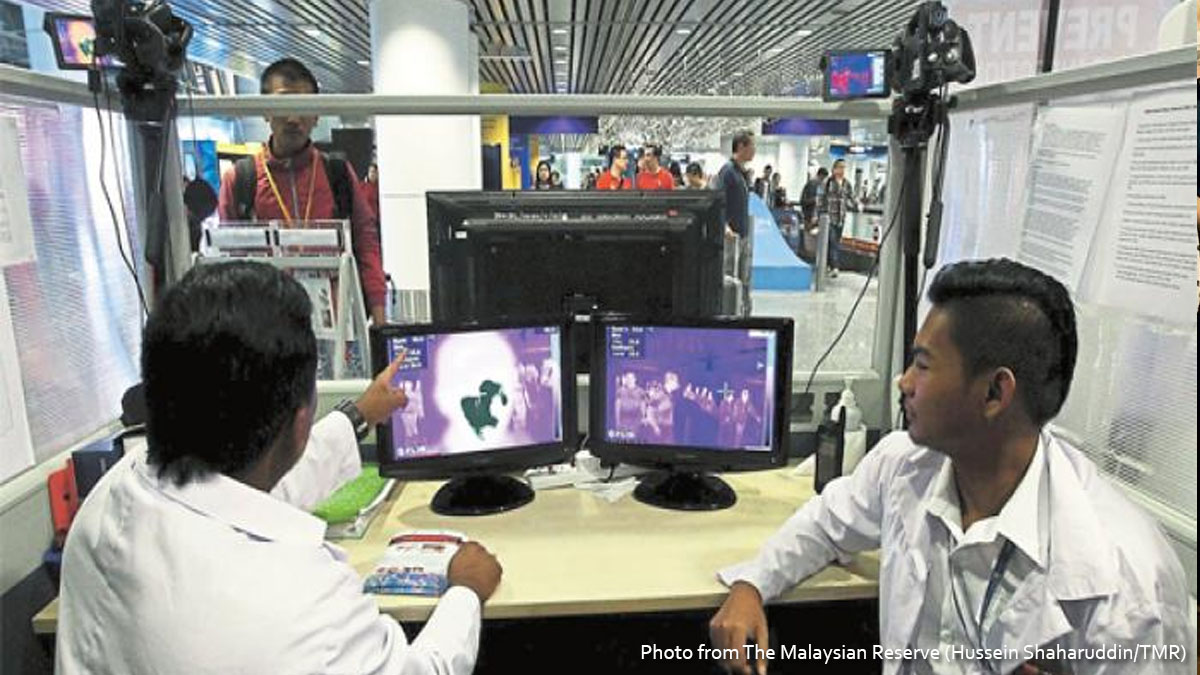Many new Malaysian medical grads end up not becoming doctors… but why?

- 4.5KShares
- Facebook4.2K
- Twitter25
- LinkedIn28
- Email41
- WhatsApp164
Every medical degree holder who wishes to practice medicine in Malaysia is required to undergo housemanship training, which is basically a canggih term for “internship” for med kids. However, there’s a big problem that’s being faced by Malaysia’s fresh medical school graduates, and it’s the lack of housemanship positions available.
So no housemanship positions = no housemanship training = cannot become doctor.
This problem will probably make you think, “Why can’t hospitals just hire more people? Easy only what.” Well, it’s actually not as easy as it may seem because the problem is part of a BIGGER LOOP of problems.

The problem starts the moment they APPLY for a housemanship
First thing’s first, after a med student graduates, they are required to go through a 2 year long housemanship training program if they wanna get a license to practice in Malaysia. After graduating, they must first register through the Malaysian Medical Council (MMC) and Kementerian Kesihatan Malaysia (KKM), attend an interview with the Seluruhanjaya Perkhidmatan Awam (SPA), and then choose the hospital at which they’d like to serve, through the eHousemen online service.
Seems straightforward enough, but that final part is where the problem begins.
For a few years already, Malaysia has been facing the issue of not having enough housemanship positions. The average waiting time for a spot has increased from 2 months in 2014, to 8 months in 2016!!!

This is partially due to the introduction of the eHousemen system that now allows grads to choose which hospital they want to be placed in. Urban hospitals get more requests so they’ve got longer waiting periods as compared to hospitals in kampungs and other rural areas.
We spoke about this issue with Priyanka, a 25 year old med student who just finished her course last November, and she gave us her experience with the whole process.
“I applied for (the housemanship program) end of December and went for the interview in February. I was told by SPA that I may be able to start work in May.” – Priyanka
That would be about a total of 6 months, but this is actually considered quite short already. Priyanka also shared with us what she learned from other students she had met went she went for her interview:
“I have met people who actually graduated in June last year and only got called for interview in February… I believe the bulk of the waiting period is between the time you graduate and also getting called for SPA interview.” – Priyanka
Thing is, we don’t exactly know why the time taken for the SPA to process the applications varies so much. ?
Also, we found out that the eHousemen service is only open for use once every 2 months. That means, if a student’s top hospital choice has no vacant positions at any time, they would have to wait another 2 months to be able to check again, so this also adds to the waiting period.
Click here and here for a couple of med students’ experiences with the eHousemen service.
And while they wait, they end up rotting away
The long wait for a training position gives way to the second problem in this loop: LOSS OF KNOWLEDGE! It’s only natural that we lose touch of things if we don’t constantly practice it.
And the fact that some students remain unemployed only means they’re even more prone to forgetting the things they learn in uni. In fact, some of them end up becoming waiters, pasar malam stall workers or even flight crew members!!

Meanwhile, 1 in 5 of those who are already undergoing training end up dropping out of their positions, and 1 in 3 have to extend their programs beyond the standard two years. Because they forget their stuff during the long wait, these students eventually don’t do well once they’re in the program and sometimes end up failing in their activities.
Besides that, stress is also a large factor as to why they cannot tahan the program, and this leads to high levels of depression and anxiety disorders in these doctors in training.

(It’s on page 41! Image from mmc.gov.my)
This med student shared some of her thoughts and feelings about why she quit her housemanship on her blog:
“I’m already BURNED-OUT!! I’m quitting. Yes, I want to quit very badly… Not to mention not having enough time to eat and time to gather with friend and family.” – Wan Nadia, from her blog MissNadeeya
Nadia is just one example out of many who feel overworked during their housemanship training. Here’s another med student who has shared his reasons on his own blog.
So, when they can’t take it, they’ll either extend their training duration or drop out. The thing is, resignations could take up to a few months to process especially if they don’t officially send in a letter of resignation, so until the dropouts are fully processed, new students can’t take their places.
As you can see, it goes in one full circle.
But, there are also some smaller problems that also contribute to this whole cycle…
Another factor that might add to the whole problem is that a lot of those who don’t do well in med school also don’t do well in the housemanship training program. This problem is mainly to do with lenient entry requirements for these local programs so even students who are not up to standards manage to gain admission.
Besides that, Malaysia also is lacking in its number of training hospitals. Up till last year, there had only been 44 training hospitals in both East and West Malaysia combined.

Fortunately, in August of 2016, Malaysia’s armed forces and the Health Ministry joined forces and allowed the students to be trained in Royal Military Hospitals and the armed forces medical centres. So on top of the original 44 hospitals, the armed forces have contributed another 76 hospitals and medical centres!
P/S: The weird thing is that earlier this year, the Deputy Health Minister, said that there are currently 10,835 housemen undergoing training in 44 hospitals and Royal Military Hospitals. Err… not sure where the other 76 went :-/

Thankfully, there are solutions in place
With a looping problem like this, there isn’t one solution to magically fix everything, so different ministries have come up with different strategies to tackle different aspects of this cycle.
For starters, the Higher Education Ministry implemented a five year freeze on the startup of new medical degree courses in local universities back in 2011. Then in 2016, the Health Ministry decided to extend it another 5 years, or until the “supply and demand balances out.”
However, University of Malaya medical faulty dean, Prof. Dr. Adeeba Kamarulzaman said that the freeze was not enough, so in 2016, the uni introduced a BioMedical Admissions Test (BMAT) in order to control the quality of students who wished to enroll in medical programs. Dr. Adeeba also brought up a pilot test for the BMAT:
“We found from the pilot project over the last two years that those who do well in BMAT did well in the medical school.” – Prof. Dr. Adeeba Kamarulzaman, taken from The Star
On top of that, the students who did well in the BMAT were projected to have fewer problems during their training.
With the BMAT, UM has managed to REDUCE their intake size from 220 to 120 in two years so it looks like it’s pretty successful. For now, UM is the only Malaysian uni that requires students to sit for the BMAT but if more local unis can implement this test, intake sizes should reduce significantly nationwide.

Last year, the Federation of Private Medical Practitioners’ Associations Malaysia suggested that grads who are waiting for a housemanship position could work as doctors’ assistants in order for them to gain real life experience. This would help them retain their knowledge, as well as ease them into the stress of the workload that they would be facing once their training begins.
This seems like a pretty good idea right? Unfortunately, this system cannot work without the permission of the Malaysian Medical Council (MMC), and the MMC doesn’t seem to wanna say anything about it. ?

So while all these solutions sound like they could work, there are still hurdles that have to be overcome before they can be properly set in motion. But as of now, this problem still doesn’t look like it’s going anywhere but in circles, and it’s seriously taking a toll on the med students’ futures. So, if Malaysia hopes to improve the quality of healthcare as well as the doctor-patient ratio by 2020, we really hope that this problematic loop will unravel and soon disappear.
- 4.5KShares
- Facebook4.2K
- Twitter25
- LinkedIn28
- Email41
- WhatsApp164



